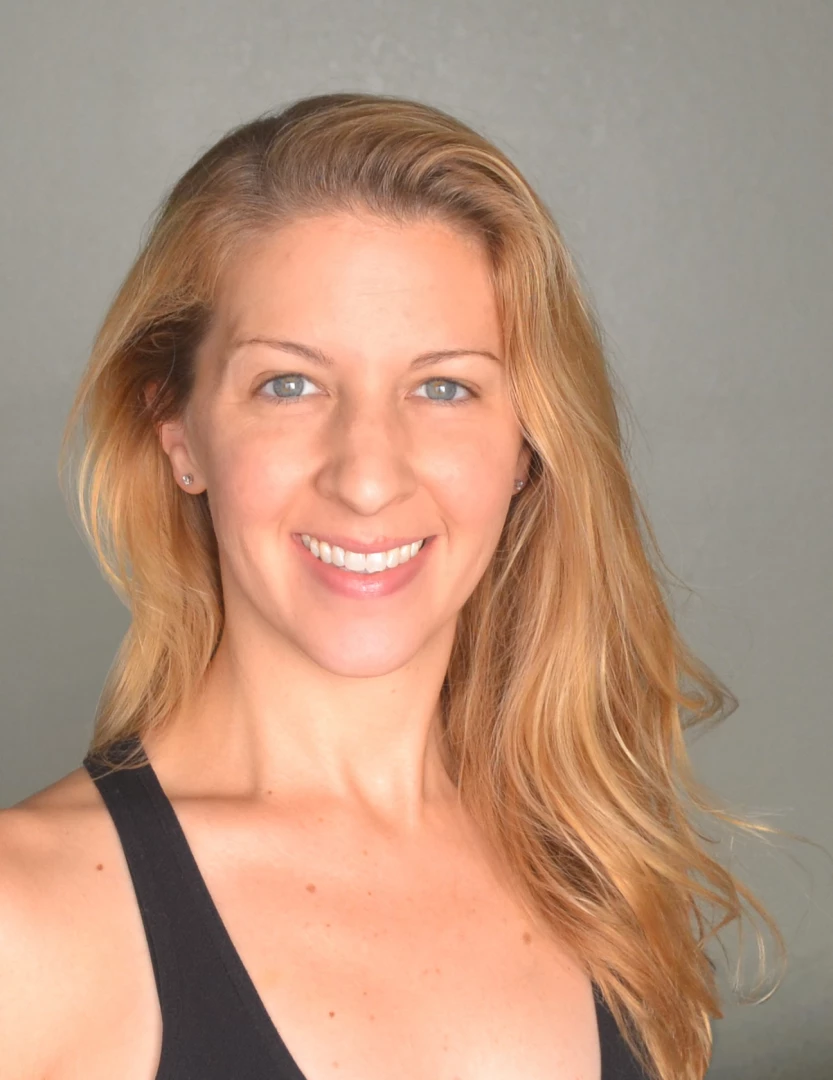What Is Mechanical Back Pain? How to Reeducate Your Nervous System to Alleviate Pain

If you’re suffering from back pain, you’re not alone. Between 50 and 80 percent of Americans will suffer from back pain at some point in their lives. (1)
It’s estimated that 97 percent of cases of back pain are mechanical in nature, (2) meaning that the pain is a result of abnormal stresses placed on the spine, its supporting structure, or the muscles and connective tissues of the back. The good news is that mechanical back pain is typically caused by habitual posture and movement, and as we’ll discuss below, is preventable.
When back pain is not mechanical in nature, it can sometimes be related to a serious underlying condition. While these cases are rare, you should always be evaluated by a medical professional to rule them out or get treatment. These conditions include infections, tumors, kidney stones, cauda equina syndrome, abdominal aortic aneurysm, blood clots, osteoporosis, endometriosis, rheumatoid arthritis, and spondylitis.
Why Does Our Habitual Posture and Movement Lead to Mechanical Back Pain?
The way that we habitually use our bodies—the way we sit, stand and move—is determined by our muscle memory.
Contrary to what the term suggests, muscles have no memory of their own. The way that we automatically use our muscles is a result of a learning process that occurs in our nervous system.
We first learn new ways of standing and moving very slowly, and have to consciously think about every aspect of the posture or movement that we’re trying to do. But as we repeat the posture or movement over and over, the neural pathways controlling our muscles become stronger. We gradually become more accurate and efficient at the muscular pattern we’re learning, and soon we’ve learned it so well that we don’t have to consciously think about how to do it. The result of this learning process is known as muscle memory.
As we develop learned posture and movement patterns, our nervous system starts to keep certain muscles involved in those patterns partially contracted all the time in order to be efficient. We’re usually not aware of this gradual tightening of our muscles until the muscles become stiff, then sore, then downright painful.
The learning process of developing muscle memory occurs automatically and is going on all the time. Our nervous system is constantly learning new muscular patterns and strengthening old ones based on the way that we use our bodies.
So if we choose to sit slouched forward at the computer every day, our nervous system will start keeping us in that posture all the time by contracting our abdominal and pectoral muscles. Soon, we’ll be sitting and standing with slouched posture all the time, even when we’re not at the computer. For most people, this slouched posture is not a genetic condition or an inevitability of the aging process; it is simple muscle memory.
Repetitive daily tasks, our personalities, athletic training, stress, and injuries all contribute to our learned muscular patterns. These learned patterns build upon one another as we get older, making our muscles tighter, our movement stiffer, and limiting our range of motion.
Why Back Pain is So Common
So, why is back pain so common? Our back muscles are at the core of our posture and movement, and they are working nearly all the time. They allow us to sit and stand upright, carry our bags, pick up our kids, and do pretty much everything in our daily lives.
When our back muscles get chronically contracted as a result of habitual muscular patterns, not only do they feel sore and painful, but over time they can also cause a host of other problems. Chronically tight muscles are easily strained and thrown into spasm. Tight back muscles can pull the spine out of alignment, leading to scoliosis and hyperlordosis. Tight back muscles also compress the vertebrae, causing nerve compression and structural damage such as bulging and herniated discs, arthritis, spinal stenosis, and vertebral fractures. While many of these conditions are thought to be unavoidable structural issues, the vast majority of them are functional in nature—simply caused by the way we are using our bodies.
Why Doesn’t Mechanical Back Pain Respond to Most Pain Treatments?
Many people try to relieve their mechanical back pain with passive methods like chiropractic, massage, and stretching. While these methods can be enjoyable and can temporarily relieve pain, they do not have lasting effects because they do not allow for a learning process to occur in the nervous system. These therapies do not change the learned messages that the nervous system is sending to the muscles to stay tight.
In order to change your muscle memory, you must go through an active process of retraining your nervous system. This means that you need to be engaged in slow, conscious movements that reset the resting level of tension in your muscles and allow you to change your learned posture and movement patterns.
I’ll repeat that because it’s so important to understand this point: You must be engaged in active, conscious movement in order to change the messages that your nervous system is sending to your muscles. Nothing that anyone does to you is going to create any lasting change.
So, what about physical therapy? Physical therapy is very helpful in rebuilding strength when you are recovering from an injury or surgery. However, lack of strength is typically not the issue for people with mechanical back pain. Most often, it is chronic tightness and damaging posture and movement patterns. Strength-building exercises can result in making muscles tighter, which can increase muscle soreness and pain. What people in pain most often need is for chronically tight muscles to be released, not strengthened.
Why is Clinical Somatics the Most Effective Way to Relieve Mechanical Back Pain?
Clinical Somatics is unique in the field of movement therapy and healthcare because it uses a highly effective movement technique called pandiculation. Pandiculation gently contracts and releases muscles in such a way as to reset the resting level of muscle tension.
The exercises retrain natural, efficient posture and movement patterns, improve proprioception, and increase muscular control and awareness. Clinical Somatics exercises can also alleviate disc problems, joint pain, kyphosis, lordosis, scoliosis, sciatica, piriformis syndrome, osteoarthritis, and more.
Best of all, the exercises give you a way to relieve your own pain and prevent future pain, injuries, and degeneration. Doing a regular practice of Clinical Somatics exercises is not just good for your health—it allows you to be in control of your health, and saves you time and money by preventing you from having to go to regular therapist visits or resort to surgery down the line.
Clinical Somatics exercises that work with the muscles of the back, waist, abdomen, hips, and shoulders. The exercises are slow, gentle and suitable for people of all ages and physical abilities.
Reprinted with permission from Somatic Movement Center.

Sarah Warren St. Pierre is a Certified Clinical Somatic Educator and the author of the book Why We’re In Pain. She was trained and certified at Somatic Systems Institute in Northampton, MA. Sarah has helped people with chronic muscle and joint pain, sciatica, scoliosis and other musculoskeletal conditions become pain-free by practicing Thomas Hanna’s groundbreaking method of Clinical Somatic Education. Sarah is passionate about empowering people to relieve their own pain, improve their posture and movement, and prevent recurring injuries and physical degeneration.
Recommended reading:
Why We’re in Pain: Why chronic musculoskeletal pain occurs–and how it can be prevented, alleviated and eliminated with Clinical Somatic Education by Sarah St. Pierre, CSE
Somatics: Reawakening the Mind’s Control of Movement, Flexibility and Health by Thomas Hanna
References:
1. Rubin, D.I. (2007) Epidemiology and risk factors for spine pain. Neurologic Clinics, May; 25(2): 353-71. https://www.ncbi.nlm.nih.gov/pubmed/17445733
2. Chien, J.J. & Bajwa, Z.H. (2008) What is mechanical back pain and how best to treat it? Current Pain and Headache Reports, 12(6): 406-11. https://www.ncbi.nlm.nih.gov/pubmed/18973732




